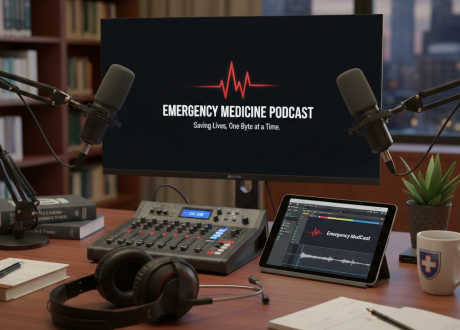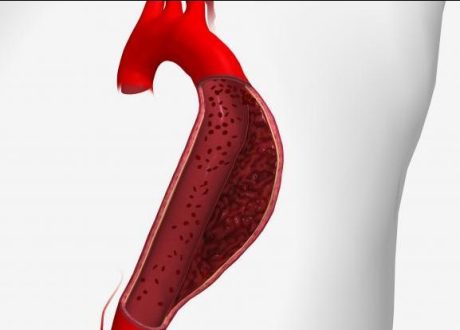May 20, 2024
Written by Ketan Patel
![]()
This review article illustrates the evidence-based “no-zone” approach in managing penetrating neck injuries, with a reliance on clinical symptoms as well as multidetector computed tomographic angiography (MDCTA) to mitigate unnecessary invasive tests and negative explorations.
Beyond the zone
While selective operative management (versus mandatory exploration) of neck injuries significantly reduced the negative exploration rates in neck injuries, there remained an appreciable negative operative rate and an inconsistent correlation between surface anatomy and internal injuries. A push toward reliance on physical exam, followed by the advent and wide adoption of MDCTA, however, has modernized the approach.
In neck injuries, the initial evaluation should focus on hemorrhage control and avoiding airway compromise. Subsequent triage focuses on stratifying patients into a high (hard signs), intermediate (soft signs), and low-risk (no signs) groups. Patients with hard signs should undergo operative management, given the likelihood of significant injuries. Those with no signs approach zero in terms of likelihood of clinically significant injuries, and observation is the mainstay.
For patients with soft signs, MDCTA is the gold standard test. This approach results in a sensitivity of 90-100% for vascular injuries, with a specificity of 98-100%. In terms of aerodigestive injuries, the sensitivity and specificity range from 92-100% and 90-100%, respectively. For indeterminate MDCTA, consider catheter-based angiography for vascular concerns, as it may be both diagnostic and therapeutic. For aerodigestive concerns, esophagoscopy, contrast-based swallow studies, bronchoscopy and direct laryngoscopy may be needed.
The above modern approach minimizes invasive procedures and alleviates unnecessary care burdens associated with prior approaches to penetrating neck injuries.
How will this change my practice?
While working at a level 1 trauma center, the paradigm shift in management of penetrating neck injuries is noticeable. This article forges the utility of MDCTA as the pivotal tool in diagnosing penetrating neck trauma, when paired with the physical exam, and subsequently guiding care and interventions.
Source
Diagnostic Approach to Penetrating Neck Trauma: What You Need to Know. J Trauma Acute Care Surg. 2024 Mar 25. doi: 10.1097/TA.0000000000004292. Epub ahead of print. PMID: 38523116








